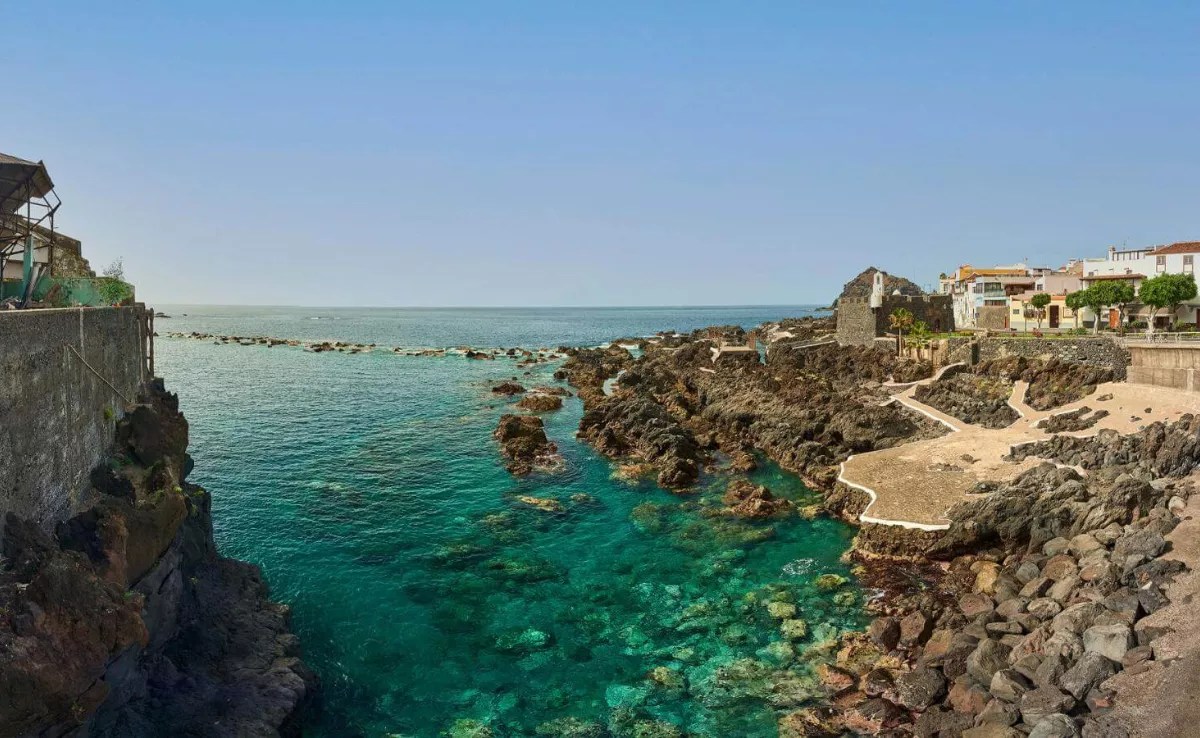
SANTA CRUZ DE TENERIFE, May 12. (EUROPE PRESS) –
‘Teno’ and ‘Jama’, the two Belgian shepherds ‘Malinois’ from the Canine Natural Environment Unit of the Cabildo de Tenerife have been working since the beginning of the year in the island’s protected natural spaces with the assistance of the body of Environment agents, identifying and marking substances dangerous for biodiversity.
After a period of learning, the dogs have already obtained their first results on the ground, counting in their work sheet the identification of various toxic substances deposited without control in protected spaces.
In the first week of May, the Canine Unit of the Cabildo has held a working day in the presence of the Seprona Canine Unit of the Civil Guard of Madrid to exchange knowledge regarding work methodologies.
The work day took place in the area of El Caletón, within the Protected Landscape of Costa de Acentejo, details the Cabildo in a note.
The agents wanted to know the work methodology that was being carried out by the Canine Unit of the Cabildo de Tenerife and for this they were given a demonstration of tracking dogs for poison marking in the Natural Environment.
Collaboration with this Seprona team, which has more than 25 years of experience, has provided the Cabildo Canine Unit with new ways of acting that are of interest to improve the efficiency and professionalization of the unit.
“The use of poisoned baits in the natural environment is one of the most harmful practices for ecosystems. We are facing a serious conservation problem that affects endangered species of our wildlife,” said the Minister of Natural Environment Management and Security, Isabel García, who pointed out that “once the canine unit is launched, and in the hands of the Environment agents, results are beginning to be obtained by finding poison baits or even animal corpses that have already ingested them “.
ACENTEJO COAST
In February, during a reconnaissance of land surrounding the Acentejo Coast Protected Landscape, specifically in the border area between the municipalities of Tacoronte and El Sauzal, the dogs marked various packets of poison placed between the stones of a small wall.
A few days later a second discovery was made, this time in the Corona Forestal Natural Park, specifically in the municipality of La Esperanza.
There, the Canine Unit, together with a couple of Environment agents who were beating a dense area of vegetation, when the dogs marked some white bottles inside which there were some packages whose poison was removed.
In both cases the substances identified were ‘Brodifacum’, ‘Alfachlorosa’ and ‘Bromadiolone’ distributed in packages of pesticides that are commonly used to control rats and mice in agricultural areas.
“The use of this type of poison is a non-selective and illegal method that is usually used to eliminate animals that are considered harmful to livestock and agriculture and its use is restricted to areas surrounding homes as long as they are placed in containers. of access only to these rodents”, pointed out José Alberto Delgado, head of Biodiversity of the Cabildo de Tenerife, who pointed out that from the area of Management of the Natural Environment and Security of the Cabildo Insular de Tenerife they intend to “advance knowledge and the fight against use of these poisons that endanger the endemic flora and fauna of the island of Tenerife”.
















